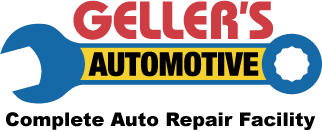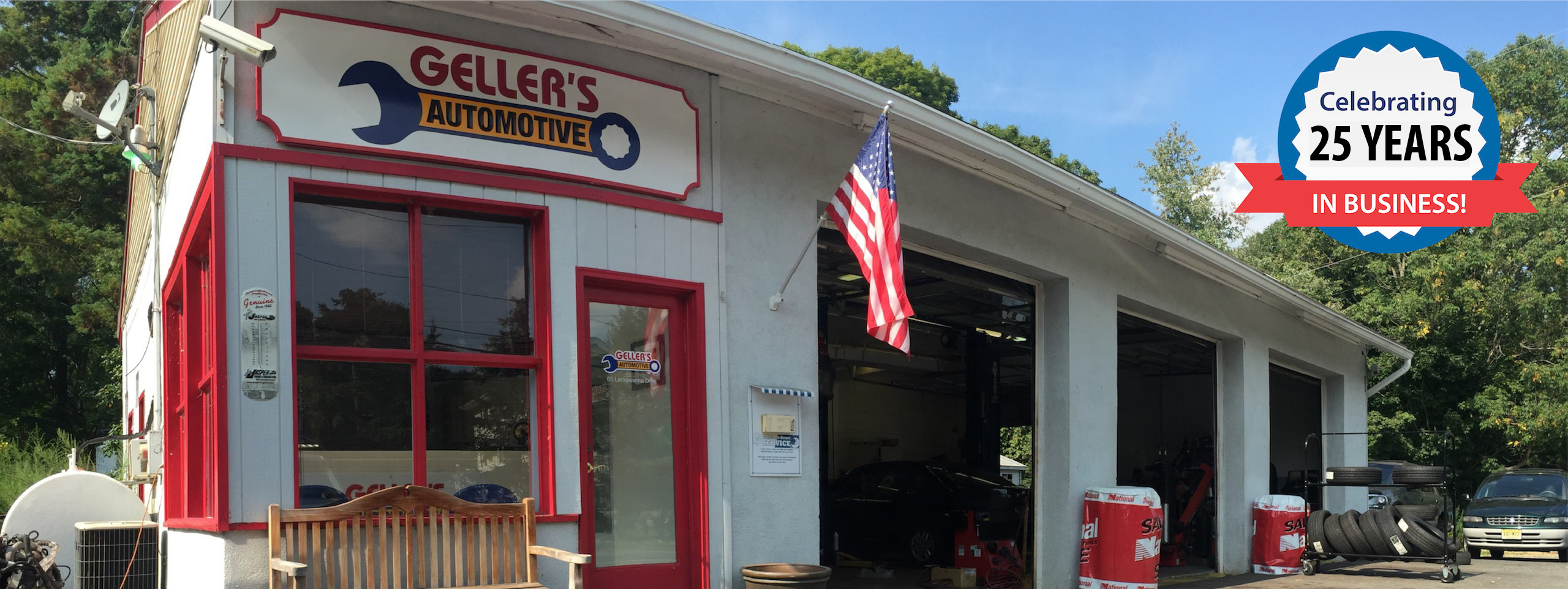
Every time you get into your vehicle and cruise the open road, this is the result of several systems operating together to produce the miracle of driving. The engine generates the power for the vehicle, the transmission transfers that power from the engine to the drivetrain, and the drivetrain delivers that power to the wheels to make your vehicle move. A critical element of the drivetrain that delivers that power is the driveshaft. Without the driveshaft, your vehicle would not be able to move. In this month’s blog, we look at the driveshaft and some of the common issues that you may experience when it is damaged or fails.
Purpose and Function of the Driveshaft
Your vehicle’s driveshaft is a long, steel shaft that is connected to the transmission by universal joints. It is designed to deliver rotational power (or torque) to the differential, which in turn sends the power to each individual wheel. The driveshaft is sometimes called the propeller shaft, the prop, or Cardan shaft. There are variations to the driveshaft, depending on what type of drive system you have within your vehicle. Most drivers typically think of the driveshaft as the long rod that goes from the front where the transmission is in the vehicle, to the rear wheels of the vehicle.
The driveshaft is susceptible to a high degree of stress and friction due to the continuous rotation that it needs to deliver the torque. Driveshafts are carefully weighted and balanced to ensure that they operate effectively within the drivetrain and deliver the maximum amount of torque that is necessary to power your vehicle.
Signs of Driveshaft Problems
If your vehicle’s driveshaft experiences a problem, there will be several signs that may indicate a failure. These signs are indicative of other vehicle problems too, so it is advisable to have your drivetrain inspected by a service professional to pinpoint the source of the issue.
- Sounds: If the drivetrain is damaged or there are worn or non-lubricated joints, you may hear a variety of sounds coming from beneath the vehicle. These may be clinking, knocking, rattling, or even scraping sounds.
- Extreme Vibration: If the drivetrain is broken or the connection to the transmission has failed, you will feel extreme vibrations while operating the vehicle. This should be inspected as soon as possible because further use of the vehicle could result in extensive damage to the drivetrain.
- Problem with Turns: If the driveshaft is broken, it will impact your ability to make turns. This is a serious safety issue and should be addressed as soon as possible.
- Shuddering: If you experience shuddering while accelerating, this may be a sign of a driveshaft issue.
While the signs of driveshaft problems resemble many other possible causes, it is very important to have your vehicle inspected to avoid further damage or safety problems.
If you would like to have your vehicle inspected for any possible driveshaft problems, contact us today at Geller’s Automotive to schedule an appointment.



